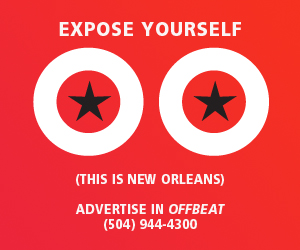RICHARD WAGNER OF THE JAZZ AGE?
When it comes to books and almost everything else, I’m on the cheap side. But I also love Jelly Roll Morton, so when this $115 book appeared I went into minor trauma. I finally succumbed, and while I’m glad I bought it, I’ve pondered ways the publishers could have edited this eight-pound mastodon of a book and cut the price a little.
The bulk of this 720-page tome are interviews that Bill Russell and a few others conducted with seemingly every one of importance who knew and/or worked with Morton. For lovers of early jazz these are consistently mesmerizing. There are vignettes from every period of Morton’s life, in Chicago, New York, New Orleans, Los Angeles and podunk road towns. What is said over and over again comes as a pleasant surprise: Morton was not only a genius composer and piano player, but also a heckuva nice guy who would do anything for a friend. This is a nice rebuttal to the one-dimensional portrait of Jelly as an egotistical loudmouth, a sort of Richard Wagner of the Jazz Age.
The book is copiously illustrated, and includes some very rare photos: his first known portrait (from 1906), Morton in blackface in 1914, Morton’s mother and sister, a gag photo of Louis Armstrong playing piano while James P. Johnson plays trumpet, and many others. I could have done without the 150 pages of late-in-life correspondence between Morton and Roy Carew, a would-be publisher and biographer, and most of the music reprinted is of minor interest. A never-recorded original, “Stop and Go,” is included, with band parts and in piano arrangement by Butch Thompson, who in a recent phone conversation called it a “second-tier” piece (For those interested in unissued Jelly Roll, go to www.chicagotribune.com and check out the recent Morton article published in the Chicago Tribune; it includes complete downloadable audio for four new Morton pieces—including the remarkable “Ganjam”—performed last year by a local big band led by Don Vappie).
This is a book for extended wallowing. When it comes to evoking the old music only Al Rose’s “New Orleans Family Album” and Russell’s “New Orleans Style,” a similar scrapbook, can compete. Only 1,000 copies of this book were printed up; it is available locally at the Louisiana Music Factory.




